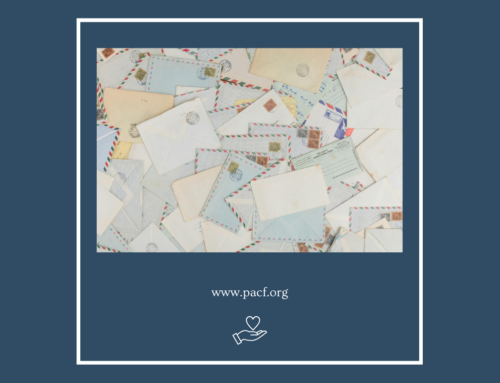If you are of a certain age you may recall your mother actually using one of these to time your morning soft-boiled egg. I sure do.
 The egg timer has come to illustrate a bigger concept for me: the relationship of the board and staff of a nonprofit, and the way its leadership operates. In the narrow neck reside the board chair and the chief executive. It’s a tight space and the relationship has to work for smooth functioning of the entire organization.
The egg timer has come to illustrate a bigger concept for me: the relationship of the board and staff of a nonprofit, and the way its leadership operates. In the narrow neck reside the board chair and the chief executive. It’s a tight space and the relationship has to work for smooth functioning of the entire organization.
I have been extraordinarily blessed to have worked with six exceptional individuals over the past 20 years, each of whom intuitively understood how to occupy that space with me. Each did it differently, but all offered wise counsel, moral support, ideas, information, and best of all, friendship.
Let me describe further what this image says to me. The top part is the residence of the board, tasked with making decisions about mission and strategy, and keeping things moving forward, productively and accountably. The bottom chamber is the home of the staff, working to provide services, fulfill the mission, and keep the board well-informed. It’s a busy space with “sand” flowing back and forth constantly.
The hourglass seems apt because the relationship between a board chair and an executive is the key connecting point within an organization, built on good communications and realistic expectations. Management of the board, while shared in some respects, is really the job of the chair; and oversight of staff is very clearly the responsibility of the chief executive. Keeping it all moving takes two, both of whom understand their respective roles, and communicate well with each other and those they manage. Surprise is the enemy of a good and trusting relationship. Share bad news as readily as good, and do so early before it clogs the system.
Constant change, so regular in nonprofits, is a significant challenge for leaders. Board chairs serve for one to four years – usually – so rebuilding this key relationship quickly, in a tight space, is hard. Good will and clear understandings make each transition effective. In my work with board chairs we have set aside time on a regular basis, off-site, review our work and plan together. Over bacon and eggs (scrambled, not boiled) we’ve built good professional and personal relationships away from the busyness of the office. Formed well, the chair-CEO relationship is a great source of new energy and ideas.
—Nancy Kieling, President, Princeton Area Community Foundation





